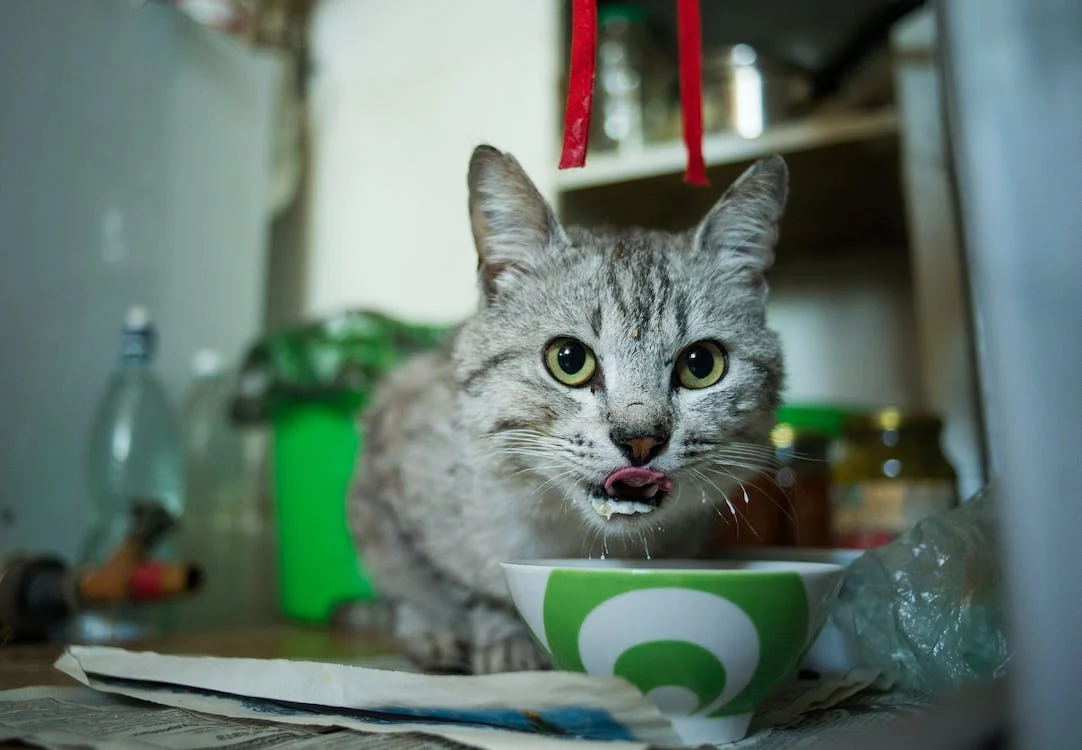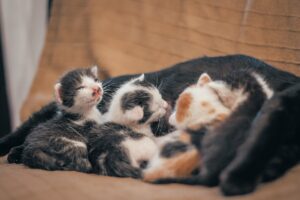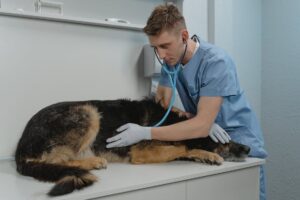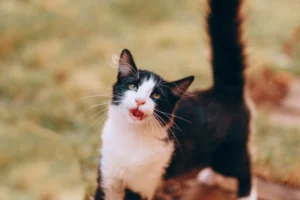As pet owners, we want to ensure that our feline friends are receiving the best nutrition possible and more than once we’ve asked “can cats eat strawberries?”
However, not all human foods are safe for cats to consume. In this article, we will explore 10 foods that are safe and 10 that are unsafe for cats to eat, including strawberries. We will also discuss special considerations by breed and geography, as well as provide a list of best practices for safe food selection.
Safe foods for cats
- Chicken: This lean protein is a great source of essential amino acids and is easy for cats to digest.
- Fish: Fish, such as salmon and tuna, are rich in omega-3 fatty acids and provide a great source of protein for cats.
- Turkey: Turkey is another lean protein that is easy for cats to digest.
- Eggs: Eggs are a great source of protein and contain essential vitamins and minerals.
- Milk: Cats are lactose intolerant, but small amounts of milk can be a good source of calcium.
- Pumpkin: Pumpkin is a great source of fiber and can help with digestion.
- Apples: Apples are a great source of vitamins A and C.
- Blueberries: Blueberries are rich in antioxidants and can help boost the immune system.
- Carrots: Carrots are a great source of beta-carotene and can help maintain healthy vision.
- Strawberries: Strawberries are rich in vitamin C and can be a tasty treat for cats.
Unsafe foods for cats
- Chocolate: Chocolate contains theobromine, which can be toxic to cats.
- Alcohol: Alcohol can cause serious health problems in cats, including liver and brain damage.
- Grapes and raisins: Grapes and raisins can cause kidney failure in cats.
- Onions and garlic: Onions and garlic contain compounds that can damage red blood cells in cats.
- Coffee and tea: The caffeine in coffee and tea can be dangerous for cats and can cause restlessness and rapid breathing.
- Avocados: Avocados contain persin, which can cause vomiting and diarrhea in cats.
- Nuts: Nuts such as almonds, walnuts, and macadamia nuts can cause vomiting, diarrhea, and even pancreatitis in cats.
- Fatty foods: Foods high in fat can cause pancreatitis in cats.
- Cooked bones: Cooked bones can splinter and cause intestinal blockages or perforations.
- Dairy products: Cats are lactose intolerant, and consuming too much dairy can cause diarrhea and other digestive issues.
Special considerations by breed and geography
Special considerations by breed: Some breeds of cats may be more prone to certain health issues, such as the Siamese breed having a higher likelihood of developing bladder stones. It’s important to research the specific needs and risks of your cat’s breed.
Special considerations by geography: Cats in certain geographic regions may be at a higher risk of certain health issues, such as those living in areas with high humidity and high temperatures being more prone to heat stroke.
Best Practices for Safe Food Selection:
- Consult with your veterinarian before making any changes to your cat’s diet.
- Avoid table scraps, as they may contain foods that are harmful to cats.
- Always read the ingredient list on cat food labels to ensure that the food contains high-quality protein.
- Make sure that the cat food you select is appropriate for your cat’s life stage (kitten, adult, senior).
Signs of an Adverse Reaction to Food:
- Vomiting
- Diarrhea
- Loss of appetite
It’s important to pay attention to your cat’s behavior and any changes in their health after introducing new foods. If you notice any of the above signs or any other unusual behavior, it’s best to consult with your veterinarian.
Important Resources for Pet Owners:
- The American Society for the Prevention of Cruelty to Animals (ASPCA) – Provides information on pet health, behavior, and welfare.
- The American Veterinary Medical Association (AVMA) – Offers resources on pet health and nutrition.
- The Cat Fanciers’ Association (CFA) – Provides information on cat breeds and breed-specific health issues.
By following best practices for safe food selection and consulting with your veterinarian, you can ensure that your feline friend is receiving the best nutrition possible. Remember that even safe foods should be given in moderation and always pay attention to your cat’s behavior and health after introducing new foods.







